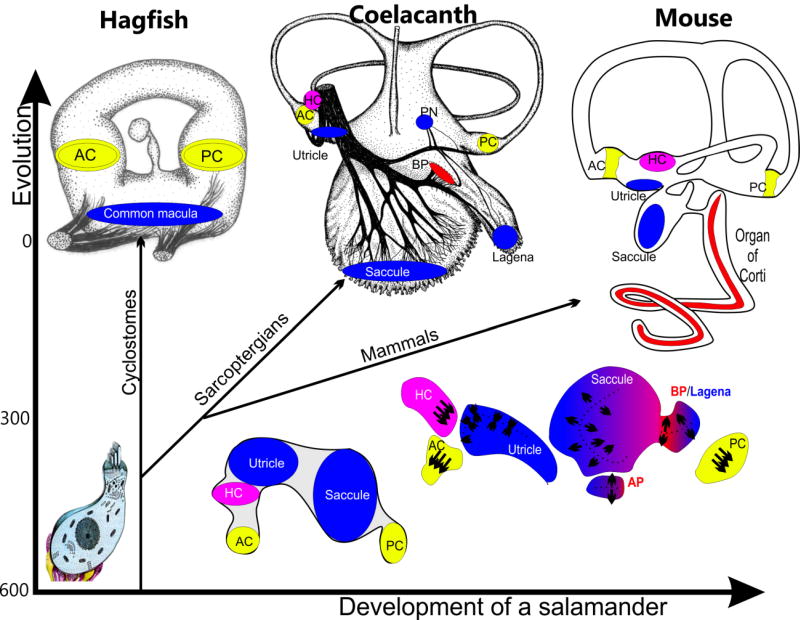Figure 3. Inner ear evolution and development of sensory epithelia show multiplication and diversification.
Hagfish have a simple torus as a labyrinth with only three epithelia: a common macula for gravistatic orientation and 2 canal cristae for angular acceleration. Latimeria have multiplied and diversified these epithelia into three gravistatic organs (saccule, utricle and lagena) three canal cristae (anterior, horizontal and poster crista; AC, HC, PC) and two organs of unknown function the neglected papilla (PN) and the basilar papilla (BP). Mice have reduced the gravity sensing epithelia through the loss of the lagena to two (utricle, saccule), have three canals and associated cristae (AC,HC, PC) and have elongated the lagena duct into a coiled cochlea containing the organ of Corti for hearing. The splitting of sensory epithelia can be traced during development in salamanders as a progressive segregation of sensory primordia. Modified after (Fritzsch et al., 2002)

